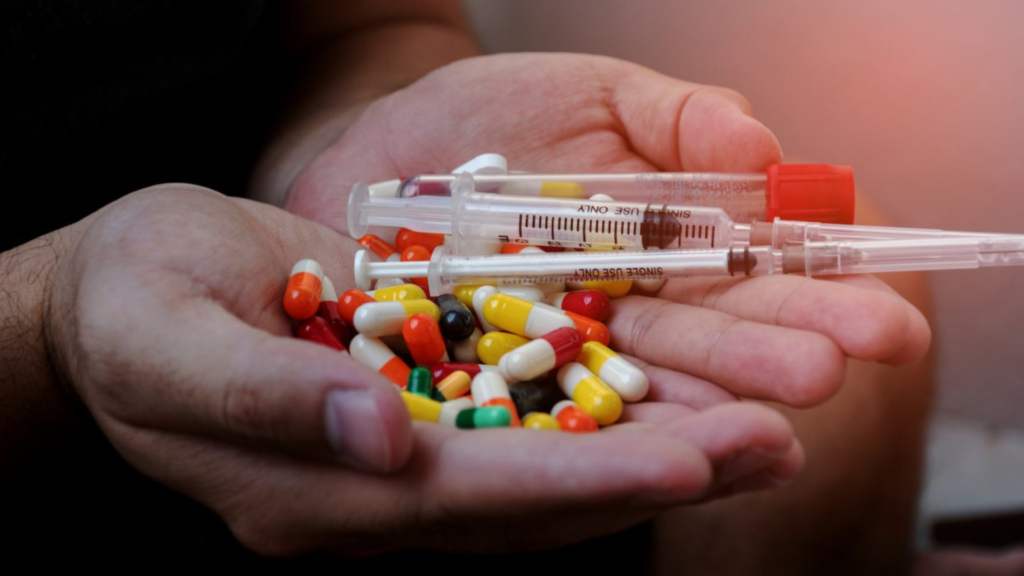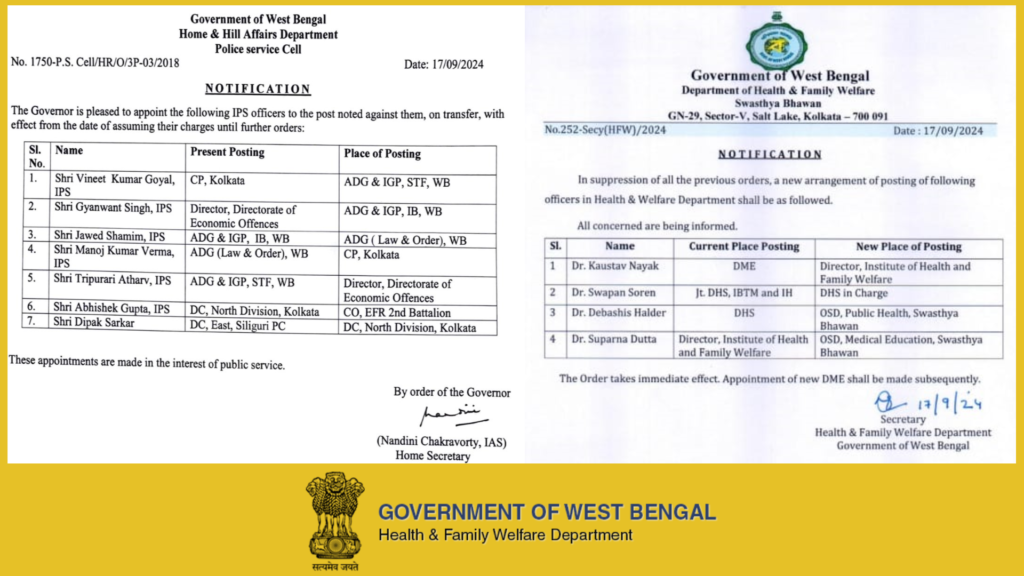Alarming microplastics in Indian salt & sugar; FSSAI escalates project on effective regulation
August 22, 2024 2 min read

A study by environmental research organisation Toxic Links has revealed the presence of microplastics in all tested salt and sugar brands from India. The size of these microplastics ranged from 0.1 mm to 5 mm in diameter.
Researchers tested 10 types of salt—including table salt, rock salt, sea salt and local raw salt—and five types of sugar, in forms such as fibre, pellets, films and fragments, purchased from both online and local markets.
The highest amount of microplastics (89.15 pieces per kg of dry weight) was found in iodised salt while the lowest amount (6.70 pieces per kg of dry weight) was found in organic rock salt.
The concentration of microplastics in sugar ranged from 11.85 to 68.25 pieces per kg, with the highest concentration found in non-organic sugar.
Microplastics can cause inflammation and oxidative stress in tissues, potentially leading to long-term damage, including cardiovascular diseases and cancer.
Reacting to this study, the Food Safety and Standards Authority of India (FSSAI) has escalated a project it launched in March, which concerns the development and validation of analytical methods for detecting microplastics and nanoplastics in food products.
The project will help understand the extent of microplastic contamination in Indian food and guide the formulation of effective regulations and safety standards to protect public health.
The FSSAI is conducting the project in collaboration with the leading research institutions CSIR-Indian Institute of Toxicology Research (Lucknow), ICAR-Central Institute of Fisheries Technology (Kochi) and Birla Institute of Technology and Science (BITS Pilani).
A new study published in the journal Environmental Health Perspectives has revealed that microplastics have even invaded the human brain.
The study suggests that that microplastics we encounter in everyday life—from water and food to the air we breathe—can travel from our gut to other vital organs, including the kidneys, liver and, most worryingly, the brain.
Microplastics smaller than 20 µm can penetrate organs and those with a size of about 10 µm or less can access all organs and cross all cell membranes, including the blood-brain barrier, according to Dr Yatin Sagvekar, consultant in neurology at Kokilaben Dhirubhai Ambani Hospital, Navi Mumbai, published in an article on The Indian Express.









